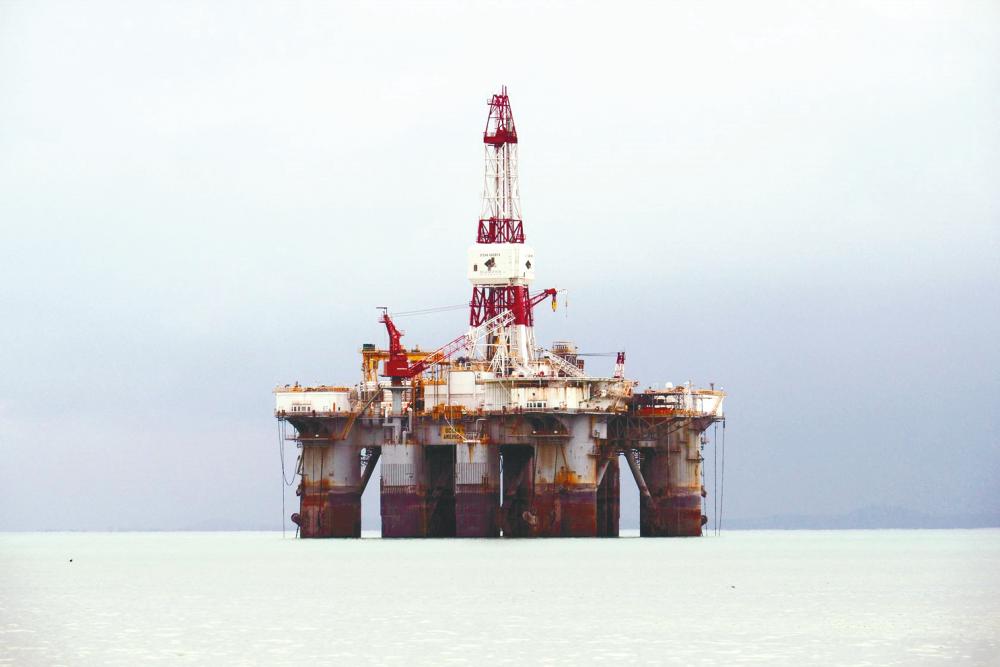PETALING JAYA: The higher capital expenditure (capex) spending target of RM50 billion by Petroliam Nasional Bhd (Petronas) may spur local upstream activities, according to HLIB Research.
Reading through Petronas’ FY18 report card, HLIB said commendable profit was delivered with the balance sheet staying firm and healthy.
“We are pleasantly surprised by the capex spending target to land at RM50 billion this year. This would probably translate into higher activities in the upstream space,“ it said.
Petronas’ FY18 earnings before interest, tax, depreciation and amortisation surged by 27% to RM116.5 billion on widened margin (+6.2 ppts) to 46.4% thanks to consistent cost optimisation amid a better crude environment.
However, the research house opined that it may be tough for Petronas to continue to expand its margins, especially when services rates are on gradual recovery mode.
It said the aggressive international expansion would probably benefit the services players which already have a strong international presence (Sapura Energy and Yinson Holdings) or companies that are eager to seek overseas growth (Malaysia Marine & Heavy Engineering Holdings or MMHE, and Dayang Enterprise Holdings).
HLIB reiterated its neutral view on the sector while keeping its average oil price forecast unchanged at US$68 (RM277) per barrel in 2019. Its preferred pick is Sapura Energy.
With the upstream segment having been deprived of capex over the recent years from Petronas, Kenanga Research believes Petronas’ higher capex stance moving forward may be for underdevelopment green fields (such as Kelidang, Limbayong) and recent discoveries (for instance, a massive find in South Sumatra).
“We see potential beneficiaries of higher Petronas capex spend to include fabricators (Sapura Energy, MMHE) as well as floating production storage and offloading players bidding for local contracts (MISC, Yinson). However, we feel that cost optimisation would be a key concern, as we expect to see competitively low margins for upcoming job awards,“ Kenanga said.
It maintained its neutral call on the sector. With balance sheet resilience and earnings visibility still key selection criterion for the research house, it favours more stable names such as Dialog Group, Serba Dinamik Holdings and Yinson, although it also sees a post-restructuring Sapura Energy as a potential prime beneficiary of increased upstream activities locally and globally.
“Overall, we believe Brent prices ranging between US$60 and US$70 a barrel to be ‘sensible’, with oil majors comfortable producing at these levels. In fact, we expect to see increased final investment decisions globally in the coming one to two years, spurred by massive new fields in the Middle East and Africa. From here, we look towards Opec’s (Organization of the Petroleum Exporting Countries) next meeting in April for indications of continued output cut commitments.”









